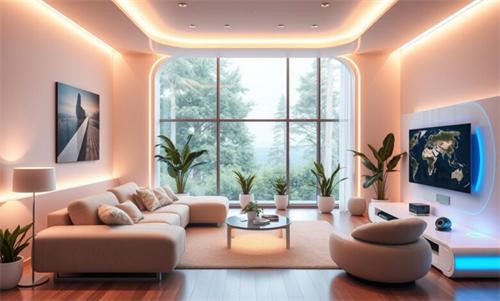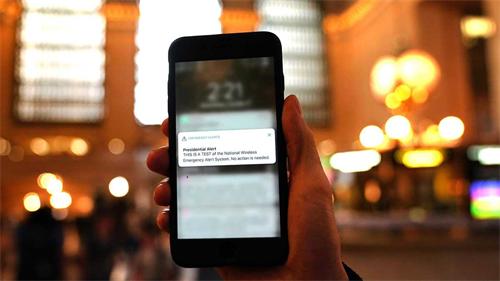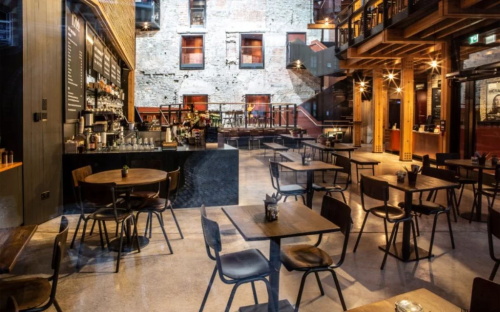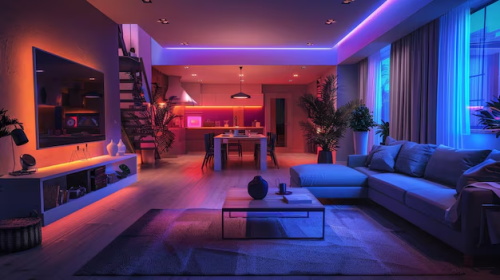How AI-Driven Interior Layouts Are Elevating Productivity, Well-Being, and Sustainability?

AI-powered interior design tools are revolutionizing our living spaces by delivering algorithmically optimized layouts that boost productivity by up to 30% while fostering personalization and sustainability. AI can rapidly analyze data on room dimensions, lighting, and occupant behavior to suggest furniture arrangements and color palettes tailored to individual needs, enhancing daily comfort and mental well-being. These advancements promise not only more efficient home offices but also healthier, more inspiring environments for remote work, relaxation, and family life.
Key AI Techniques in Interior Design
Modern AI design tools often utilize diffusion-based generative models to translate simple text prompts or sketches into polished interior layouts and renderings. In one study, an aesthetic diffusion model produced visually appealing room designs while allowing specification of decorative styles and spatial functions. Another approach combines Stable Diffusion with DreamBooth to enable rapid customization of generative outputs using minimal user-provided images, making bespoke interior concepts accessible at scale.
Beyond pure image generation, spatial optimization employs algorithms that factor in traffic flow, furniture dimensions, natural light trajectories, and functional zoning to propose layouts that maximize comfort and efficiency. Platforms such as Autodesk Spacemaker (formerly Dreamscape) apply constraint-based generative design to evaluate thousands of layout permutations against user-defined goals, accelerating site planning and interior fit-outs. These algorithmic workflows can reduce overall design time by up to 50% by automating repetitive tasks like furniture placement and material selection.
Productivity Gains: A 30% Increase
A study by the Design Institute of Technology reports that firms using AI tools see a 30% increase in designer productivity, thanks to automated space planning and material selection. Similarly, office-optimization platforms have demonstrated a 30% boost in occupant productivity by rearranging desks and communal areas to minimize distractions and enhance collaboration. Corporate environments in major cities have reported up to 20% gains in employee output and a 30% uplift in customer satisfaction after deploying AI-driven fit-out solutions.
Well-Being and Sustainability
Beyond efficiency, AI-designed interiors excel at personalization—matching color schemes and textures to individual preferences to foster comfort and reduce stress. Studies show that environments tailored to users’ tastes can lower anxiety levels and boost creativity, making home both a sanctuary and a stimulant for innovation.
AI’s ability to predict material usage and optimize resource allocation can cut waste by up to 20%, aligning home renovations with sustainable living goals. Algorithmic planning also identifies opportunities for energy-saving layouts—such as passive solar heating and natural ventilation patterns—helping reduce utility bills and carbon footprints.



